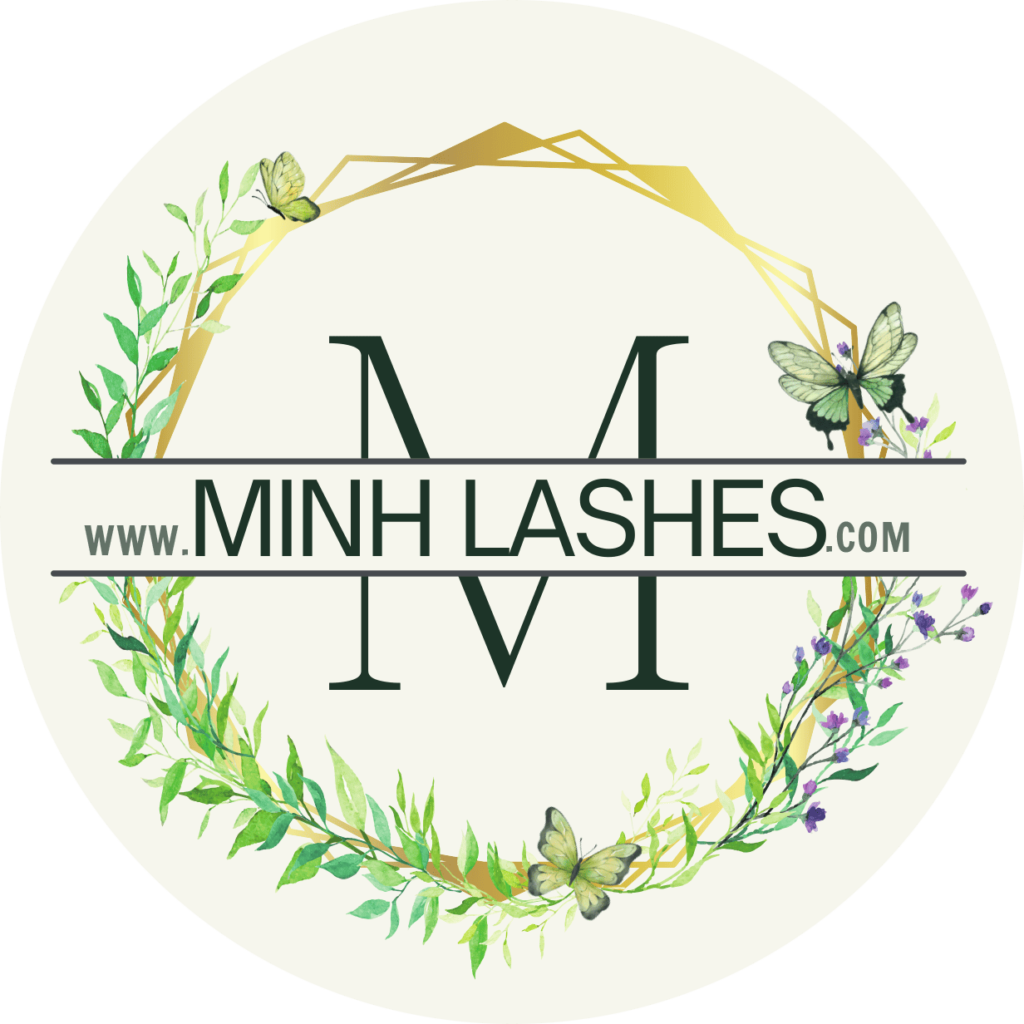No products in the cart.
Botox for Jaw Clenching: A Solution for TMJ and Bruxism
Jaw Clenching Relief: How Botox Can Help Ease Your Pain
Table of Contents
- Understanding Jaw Clenching
- What is Botox?
- How Botox Works for Jaw Clenching
- Benefits of Botox for Jaw Clenching
- The Procedure: What to Expect
- Potential Side Effects and Risks
- Is Botox for Jaw Clenching Right for You?
- Finding a Qualified Provider
- Aftercare and Maintenance
- Conclusion
Understanding Jaw Clenching
Jaw clenching, also known as bruxism, is a common condition that affects millions of people worldwide. It involves the involuntary grinding or clenching of teeth, often during sleep or times of stress. This repetitive action can lead to various issues, including:
- Temporomandibular joint (TMJ) disorders
- Headaches and facial pain
- Worn or damaged teeth
- Jaw muscle soreness and tension
If you’re struggling with jaw clenching, you’re not alone. Many people seek relief from this uncomfortable and potentially damaging condition. One treatment option that has gained popularity in recent years is the use of Botox for jaw clenching.
What is Botox?
Botox, short for Botulinum toxin, is a neurotoxin produced by the bacterium Clostridium botulinum. While it may sound intimidating, Botox has been safely used for various medical and cosmetic purposes for decades. Its primary function is to temporarily paralyze muscles, which can be beneficial in treating a wide range of conditions, including:
- Facial wrinkles
- Excessive sweating
- Chronic migraines
- Muscle spasms
- And, of course, jaw clenching
How Botox Works for Jaw Clenching
When used for jaw clenching, Botox works by relaxing the masseter muscles, which are the large muscles on the sides of your face responsible for chewing and clenching. Here’s how the process works:
- Botox is injected directly into the masseter muscles.
- The neurotoxin blocks nerve signals that cause muscle contractions.
- This results in a relaxation of the jaw muscles, reducing their ability to clench forcefully.
- The reduced muscle activity leads to less tension and pain in the jaw area.
It’s important to note that while Botox reduces the strength of muscle contractions, it doesn’t completely paralyze the jaw muscles. You’ll still be able to chew, speak, and perform normal jaw functions.
Benefits of Botox for Jaw Clenching
Using Botox for jaw clenching can offer several benefits:
- Pain relief: By relaxing the jaw muscles, Botox can significantly reduce pain associated with TMJ disorders and chronic jaw clenching.
- Headache reduction: Many people who clench their jaws experience frequent headaches. Botox can help alleviate these headaches by reducing muscle tension.
- Tooth protection: Less forceful clenching means less wear and tear on your teeth, potentially preventing damage and the need for dental work.
- Improved sleep: For those who clench their jaws at night, Botox can lead to better sleep quality by reducing nighttime grinding and clenching.
- Non-surgical option: Compared to more invasive treatments for TMJ disorders, Botox is a relatively simple and non-surgical option.
- Quick results: Many patients report feeling relief within a few days to a week after treatment.
The Procedure: What to Expect
If you’re considering Botox for jaw clenching, here’s what you can expect during the procedure:
- Consultation: Your provider will assess your condition and determine if Botox is a suitable treatment option for you.
- Preparation: The treatment area will be cleaned, and a numbing cream may be applied for your comfort.
- Injection: Using a fine needle, your provider will inject Botox into specific points in your masseter muscles. The number of injections can vary but typically ranges from 2-5 per side.
- Duration: The entire procedure usually takes about 10-15 minutes.
- Aftercare: You’ll be able to resume normal activities immediately, but you may be advised to avoid rubbing the treated area for a few hours.
Potential Side Effects and Risks
While Botox for jaw clenching is generally safe when administered by a qualified professional, there are some potential side effects and risks to be aware of:
- Temporary bruising or swelling at the injection site
- Headache or flu-like symptoms (usually mild and short-lived)
- Difficulty chewing or swallowing (rare and temporary)
- Asymmetry in facial appearance (if injections are not balanced)
- Allergic reaction (extremely rare)
It’s crucial to discuss these potential risks with your healthcare provider before undergoing treatment.
Is Botox for Jaw Clenching Right for You?
Botox can be an effective treatment for many people suffering from jaw clenching, but it’s not suitable for everyone. You might be a good candidate for Botox if:
- You’ve been diagnosed with bruxism or TMJ disorders
- Conservative treatments like mouthguards haven’t provided sufficient relief
- You’re in good overall health
- You’re not pregnant or breastfeeding
- You don’t have certain neuromuscular disorders
Always consult with a qualified healthcare professional to determine if Botox is the right treatment option for your specific situation.
Finding a Qualified Provider
When seeking Botox for jaw clenching, it’s crucial to choose a qualified and experienced provider. Here are some tips for finding the right professional:
- Look for providers who specialize in facial aesthetics or TMJ disorders.
- Check their credentials and certifications.
- Read reviews and ask for before-and-after photos of previous patients.
- Schedule consultations with multiple providers to find the best fit.
- Don’t hesitate to ask questions about their experience with Botox for jaw clenching.
Learn more about choosing a qualified Botox provider
Aftercare and Maintenance
After receiving Botox for jaw clenching, follow these aftercare tips:
- Avoid rubbing or massaging the treated area for 24 hours.
- Don’t lie down for 4 hours after the procedure.
- Avoid strenuous exercise for 24 hours.
- Continue any prescribed jaw exercises or physical therapy.
The effects of Botox typically last 3-6 months. To maintain the benefits, you’ll need to schedule follow-up treatments. Your provider will recommend an appropriate treatment schedule based on your individual needs and response to the treatment.
Conclusion
Botox for jaw clenching can offer significant relief for those suffering from TMJ disorders and bruxism. By relaxing the masseter muscles, it can reduce pain, protect your teeth, and improve your overall quality of life. However, it’s essential to approach this treatment with realistic expectations and under the care of a qualified professional.
If you’re struggling with jaw clenching and are interested in exploring Botox as a treatment option, consult with a healthcare provider specializing in this area. They can help you determine if Botox is right for you and guide you through the treatment process.
Remember, while Botox can be an effective treatment for jaw clenching, it’s often most successful when combined with other management strategies, such as stress reduction techniques, physical therapy, and proper dental care.
Find a Botox provider near you
Have you considered trying Botox for jaw clenching? Share your thoughts or experiences in the comments below!
Xem thêm:
- Sweet bonanza Casino’da Ücretsiz Slot Deneyimi: Demo Sürümler
- Eyelash Extensions vs. Eyelash Curling: Which One Is Right for You?
- Top Ways To Make Long And Thick Eyelashes Fast At Home In Just 7 Days
- Gates of olympus Casino Bonuslarý ile Hýzlý Kazanç Ýmkânlarý
- Анализ платформы игорного заведения и её функционала
Bài viết cùng chủ đề:
-
Как промо-акции и конкурсы удерживают фокус
-
Как ожидания воздействуют на впечатление
-
Каким образом ожидания влияют на ощущения
-
Из-за чего человек любят неожиданные обнаружения
-
Анализ главного ресурса казино и слотов
-
Казино и слоты с бонусами
-
Анализ платформы игорного заведения и её функционала
-
Анализ официального веб-сайта Вулкан 24 и гемблинговых слотов
-
Top Rated Baccarat Casino Game Review
-
The Ultimate Guide to Playing Slots Online
-
Лучшие онлайн казино без требования подтверждения личности: сыграйте втайне.
-
Психология предвкушения наслаждения
-
Optimierung des Bodybuildings: Der sichere und legale Einsatz von Steroiden
-
Ведущие казино платформы с акциями и безвозмездными раскрутками.
-
Безвозмездная игровка в виртуальное казино без регистрационного процесса: опции и лимиты



